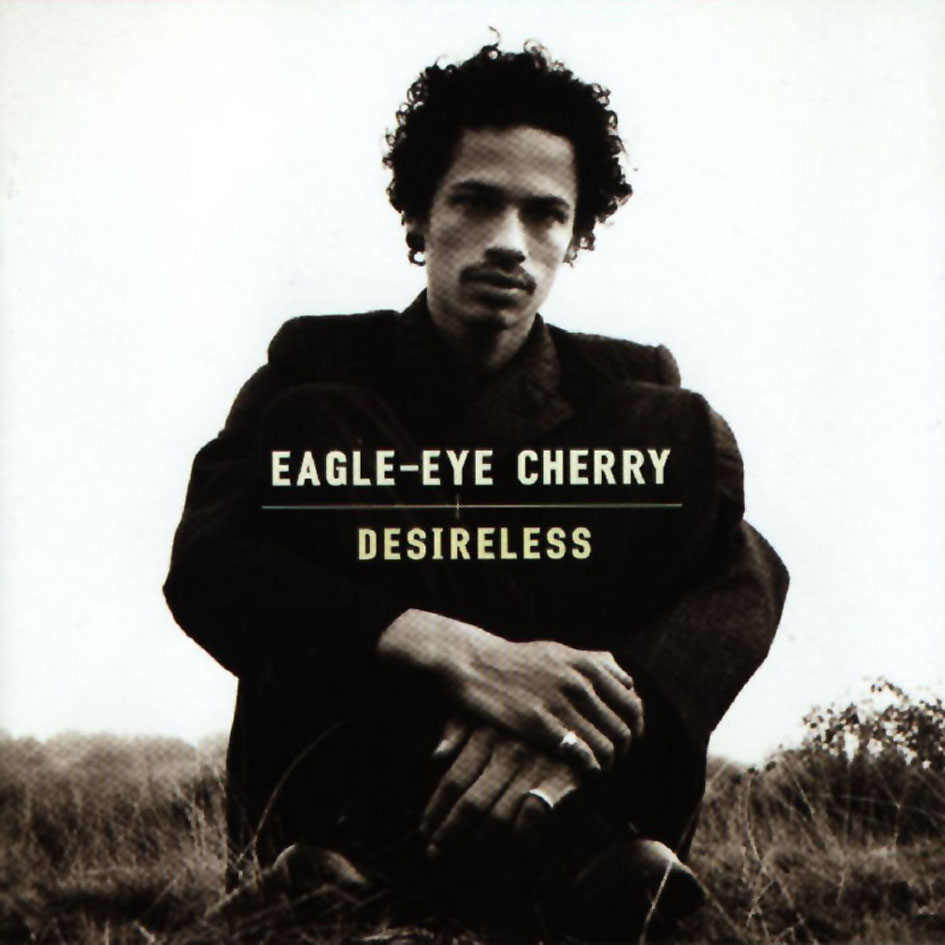

The fovea in an eagle is like a convex, deep pit, according to Hodos, and in humans, it’s like a shallow bowl. In the center of the retina is a special area called the fovea where the cones are incredibly densely packed. The eagle’s vision “is so far superior to ours that we can only try to imagine what their world must look like,” says William Hodos, an expert in bird vision and a distinguished professor emeritus at the University of Maryland.īoth human and eagle eyes are built like a camera with a lens, containing light- and color-detecting cells on the retina called cones. So how does an eagle do it? How are its eyes like our own, and how are they different? Will technology and science ever help us catch up to the eagle and bring us our own version of raptor vision? Maybe so! How good is eagle vision? No wonder we use the term “eagle eyes” to describe superb vision. That means that what looks sharp and clear to us at 5 feet is just as clear to an eagle from 20 feet away.

If you had an eagle’s ultraviolet light perception, you could track a tiny vole from the sky by the UV rays reflected from its urine.Īnd while most humans have 20/20 vision, eagles are blessed with an astounding 20/5 vision. If you were an eagle, you could see a rabbit running from three miles away. Of all the eyes nature has ever produced, those of the eagle - with its large, hooked beak, pale yellow iris and powerful talons - may be the most extraordinary.Įmbedded on either side of its face, an eagle’s eyes give it nearly panoramic vision.


 0 kommentar(er)
0 kommentar(er)
